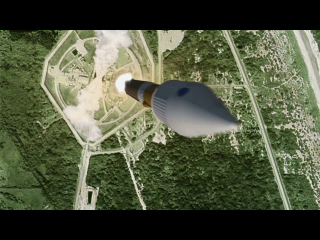|
|
 |
Launch, Deploy, and Misson Animation
|
|

|
|
The Lunar Reconnaissance Orbiter or LRO will give scientists more information about the structure of the Moon’s interior; the types of rock found there, events that shaped it, and the conditions that exist at the surface. LRO will spend one year in a polar orbit collecting this information. LRO's instrument suite will provide the highest resolution and the most comprehensive data set and the most detailed maps ever returned from the moon. It will carry an additional payload called LCROSS. The identification of water is very important to the future of human activities on the Moon. LCROSS will excavate the permanently dark floor of one of the Moon’s polar craters with two heavy impactors to test the theory that ancient ice lies buried there. The impact will eject material from the crater’s surface to create a plume that specialized instruments will be able to analyze for the presence of water (ice and vapor), hydrocarbons and hydrated material.
Duration: 5.0 minutes
Available formats:
640x360 (29.97 fps)
MPEG-1
77 MB
640x480 (29.97 fps)
MPEG-4
64 MB
320x240 (29.97 fps)
MPEG-4
46 MB
320x240
PNG
303 KB
160x80
PNG
71 KB
80x40
PNG
17 KB
How to play our movies
|
|
|
Back to Top
|
|
|
|